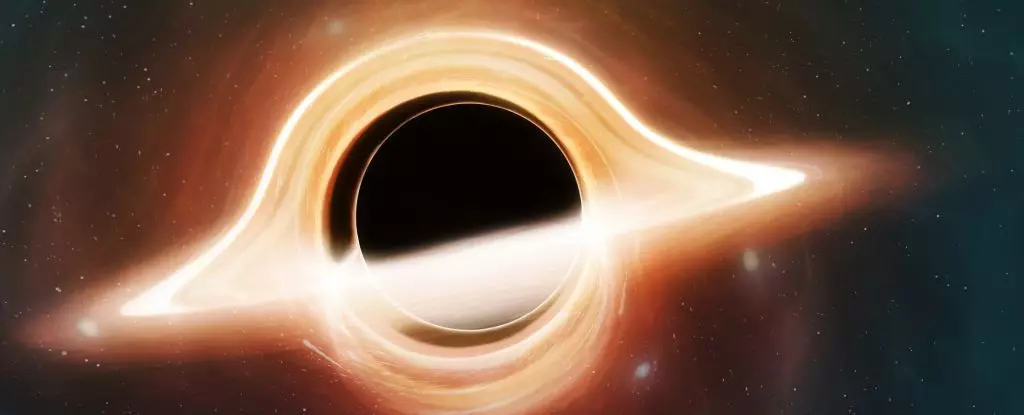The recent discovery of a black hole in the cluster of stars known as IRS 13 has reignited the search for intermediate mass black holes – a rare and elusive category that falls between stellar-mass black holes and supermassive black holes. This finding is a breakthrough in the realm of astrophysics as it opens the door to understanding the evolutionary pathways of black holes and how they contribute to the growth and evolution of galaxies.
Initially mistaken for a single massive star, IRS 13 has undergone a series of identity changes over the years – from a binary star system to a Wolf-Rayet star on the cusp of going supernova. However, the discovery of a black hole within this star cluster has added another layer of complexity to its enigmatic nature. The proximity of IRS 13 to the supermassive black hole at the center of the Milky Way, Sagittarius A* (Sgr A*), raises questions about its formation, stability, and role in the cosmic ecosystem.
A team of researchers led by astrophysicist Florian Peißker from the University of Cologne delved into the peculiar dynamics of IRS 13 to shed light on its hidden secrets. Through careful observations and modeling, they unearthed compelling evidence of an intermediate mass black hole at the heart of the cluster. The orderly motion of stars and gas clumps within IRS 13 hinted at the gravitational influence of a massive object, culminating in the discovery of X-rays and ionized gas swirling at breakneck speeds around a 30,000 solar mass behemoth.
The revelation of an intermediate mass black hole in such close proximity to the supermassive black hole Sgr A* presents a tantalizing opportunity to study the interconnectedness of these cosmic giants. By bridging the gap between stellar-mass black holes and their supermassive counterparts, IRS 13 offers a unique vantage point from which to unravel the mysteries of black hole evolution and galaxy formation. Peißker remarked, “IRS 13 appears to be an essential building block for the growth of our central black hole Sgr A*, setting the stage for further exploration and discovery in this fascinating field of study.”
The discovery of an intermediate mass black hole within the star cluster IRS 13 represents a significant milestone in our quest to understand the intricacies of black hole evolution and their impact on the cosmos. As we continue to probe the depths of the Universe, new revelations and insights are bound to emerge, pushing the boundaries of our knowledge and revealing the wonders that lie hidden in the dark corners of space.



Leave a Reply